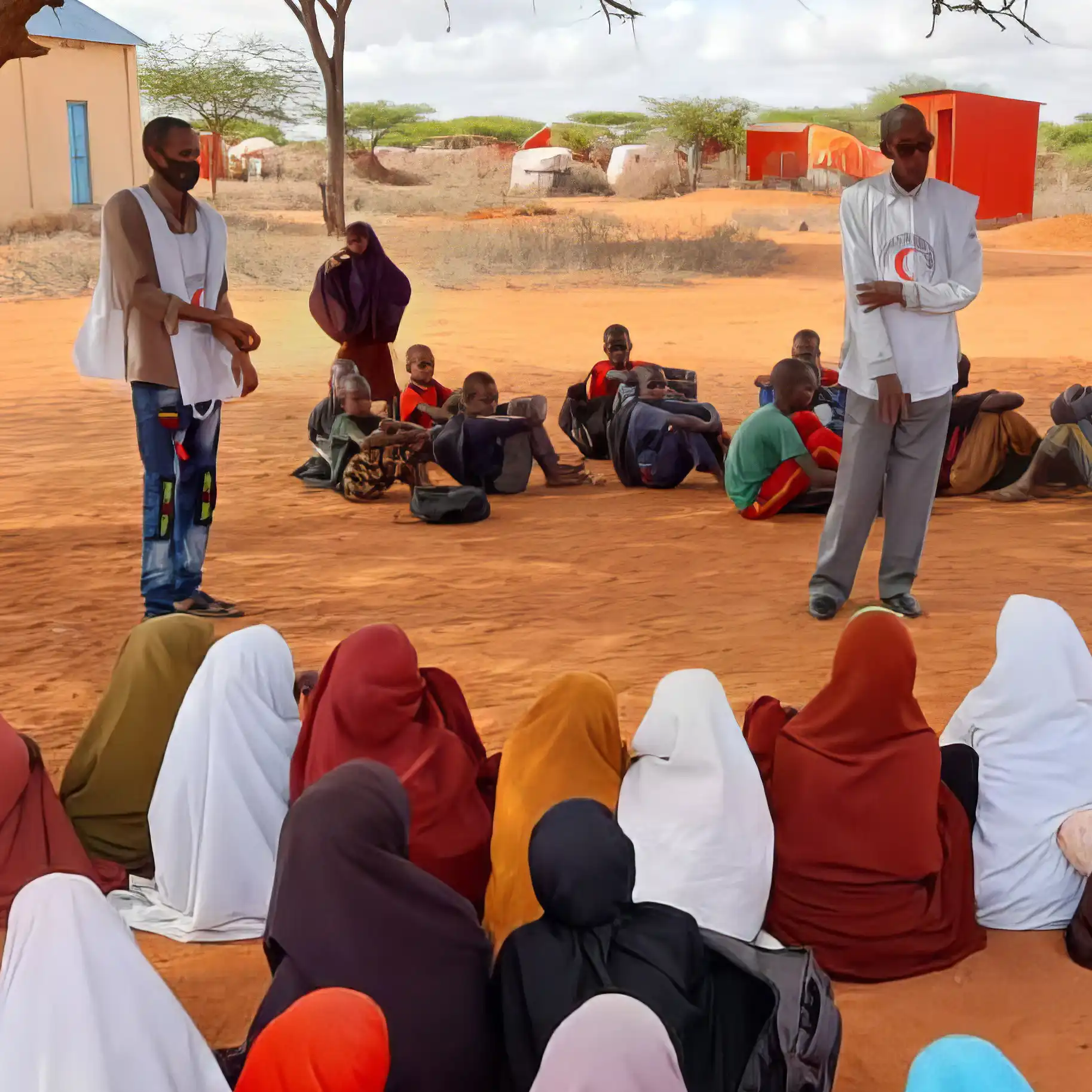Epidemics that didn't happen
Virus Name in Location
Chapter introduction paragraph sits on columns 2-6, and uses the class .cols-2-6 or .chapter-intro .
About ETDH 2023 Edition
The style updates for ETDH 3 are as follows:- Uses the RTSL 11 column grid layout at 900px and above, with
var(--base)as the column gap. The class.main-gridis set on the parent container to acheieve the grid. - Uses class names to position content on the grid. e.g
.cols-2-7starts on column 2 and ends on column 7. - Main text column is always kept in the same column (grid columns 3 to 7:
.cols-3-7or.text-column). Images and Quotes use all the rest of the grid - Common grid placements also have more human readable class names, such as
.image-left,.image-right,.left-sidebarandright-sidebar. - Uses RTSL brand colours instead of ETDH custom colours, primarily:
--rtsl-soft-blackand--rtsl-red - Child theme stylesheet currently uses
.parent-pageid-488to only apply styles to this year.
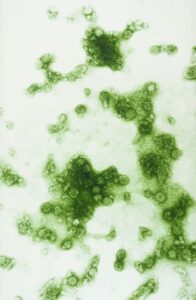
.virus-image to position it and .figcaption to style it as a figure caption Quotes without citations can just use a text-editor block formatted as a blockquote, with an additional class of either
pull-leftorpull-rightto make the slash point to the image…
.image-right, while this caption uses .figcaption 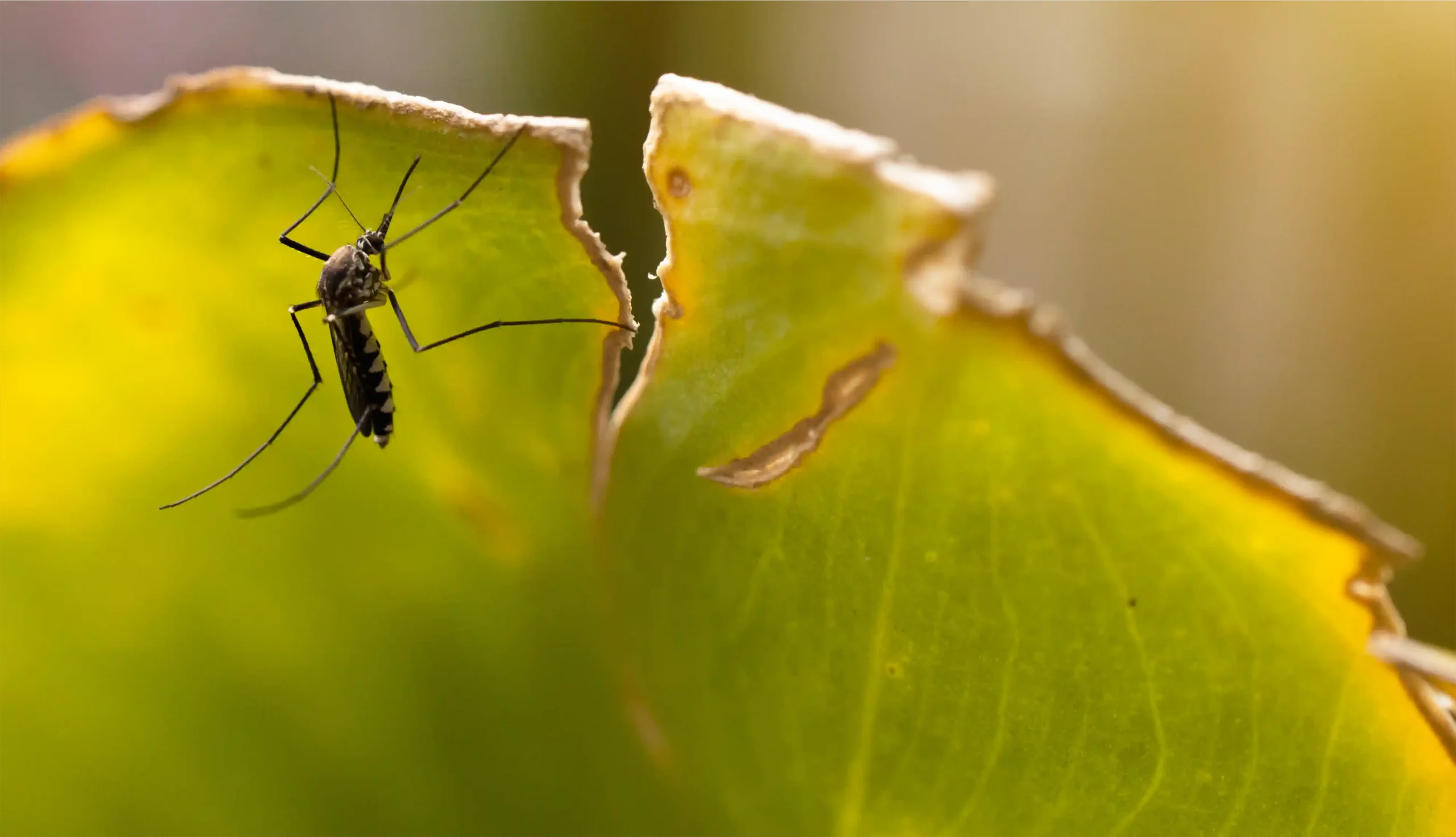
.text-column. Large images can be set left or right with the class .image-left or .image-right.
Containers to the left or right of these images use .left-sidebar and .right-sidebar. Using the same Grid Row
When content needs to overlap, such as this map and content column, children of a container with the class .main-grid can use the class .grid-row-1 to make them both sit on the same row.
The ‘What happened – Response’ bar on the left uses .time-bar to place it on the right hand side of column 2.
On December 27, 2022, in the small village of Ga’nafale in Somalia’s Mudug region, a community volunteer from the Somali Red Crescent Society spotted several local residents with cases of fever and rash, and other symptoms including bleeding from the nose and vomiting blood. Testing confirmed that many of the cases were, in fact, measles—the only disease the village was equipped to test for at the time—but three cases were not.
The volunteer immediately entered information about these three cases to Nyss, a software platform developed by Somalia’s Ministry of Health to enable real-time collection and notification of infectious disease outbreaks as part of its community-based surveillance efforts.
Nyss had recently been updated to include information about dengue, because of several outbreaks in nearby regions, which allowed the volunteer to identify and diagnose the three cases as dengue fever. Through Nyss, the volunteer’s report was immediately forwarded to the Ministry of Health, which held a meeting to discuss its plans for a response that same day.
“Dengue fever is an extremely common disease in Somalia,” says Mohamud Abdi, a community-based surveillance officer with the Norwegian Red Cross, which has been working in the Mudug region since 2020. Even the clinical staffs in the region had not had experience with dengue in the past, but over the last few years in Somalia overall, it has spread rapidly. “Nowadays it’s becoming more common than malaria,” he says, whereas in previous years “we were experiencing all malaria.”
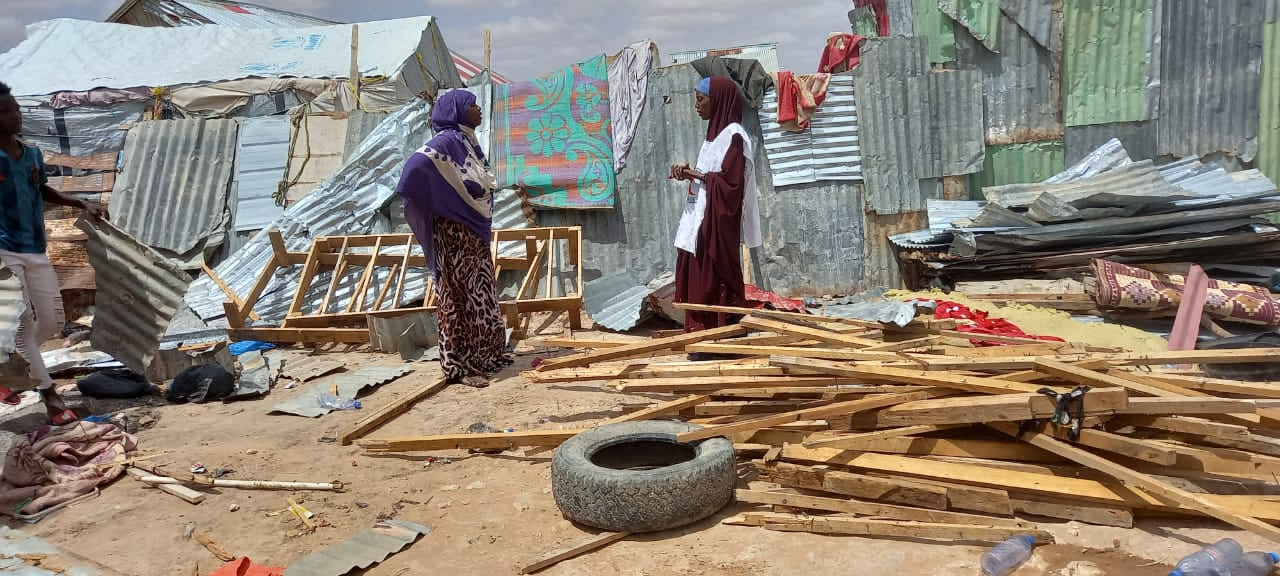
Quotes with citations need to be a HTML block, with class of
This is because WordPress messes with the markup for the cite.quotes
.figcaption The Response
On December 29, 2022, just two days after these cases were identified, a team arrived to Ga’nafale to investigate the situation. This included public health officials and members of the Somali Red Crescent Society and Norwegian Red Cross, which has been working in partnership with the Somali Red Crescent Society in Puntland state since 2020. The team was primed to deal with these new cases following earlier outbreaks in neighboring areas, meanwhile local community health workers and volunteers had been trained to look for and report any unusual symptoms—and not just symptoms they could specifically attribute to a known disease.
“We trained our communities to detect and report a wide range of symptoms because we want them to detect emerging diseases,” says Julia Jung, a coordinator for the Norwegian Red Cross. “A recent dengue outbreak in neighboring Somaliland just exploded. Outbreaks here are a relatively new thing and nobody was prepared. In Puntland, where this outbreak occurred, our communities were much better prepared to detect, and therefore help stop, the outbreak.”
Although diagnostic tests for dengue are widely available, there were none available at the time of the outbreak. Because of this, the team had to rely on clinical diagnosis using observed symptoms and disease progression, which are typically distinct enough to identify cases with confidence. Jung says that despite a lack of tests being suboptimal, the team was diligent in working with its available resources to identify and treat suspected cases.
This response effort is a powerful instance of communities working together to protect themselves. Teams of volunteers from the Somali Red Crescent Society and Norwegian Red Cross spent time with local communities to provide education about the symptoms of dengue and, critically, measures they can take to limit the spread of the disease. This is an important first step, but these meetings cannot reach every person, particularly those living in more remote areas. Because of this, community leaders, health workers and volunteers encouraged their communities to spread the message as wide as possible, and the Somali Red Crescent Society also aired messages through popular local radio shows to reach those unable to attend meetings in person.
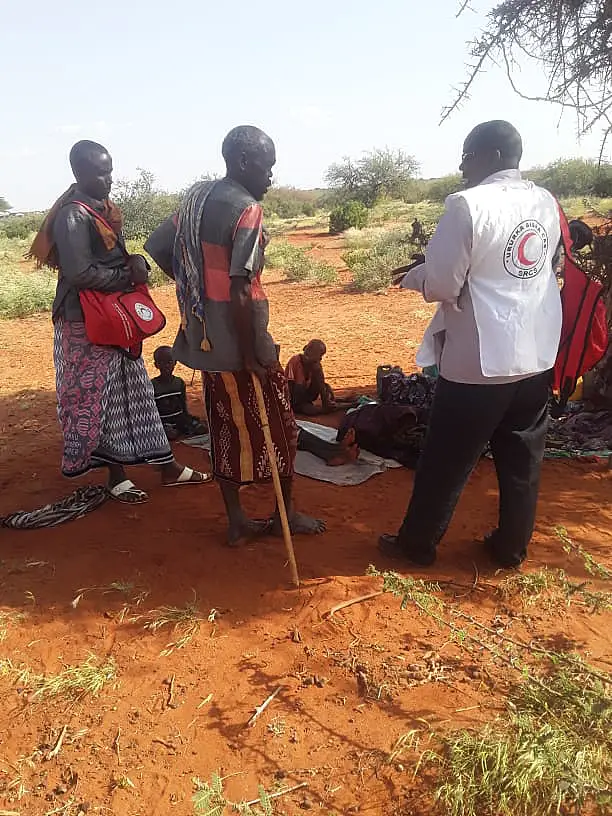
.right-sidebar to position it 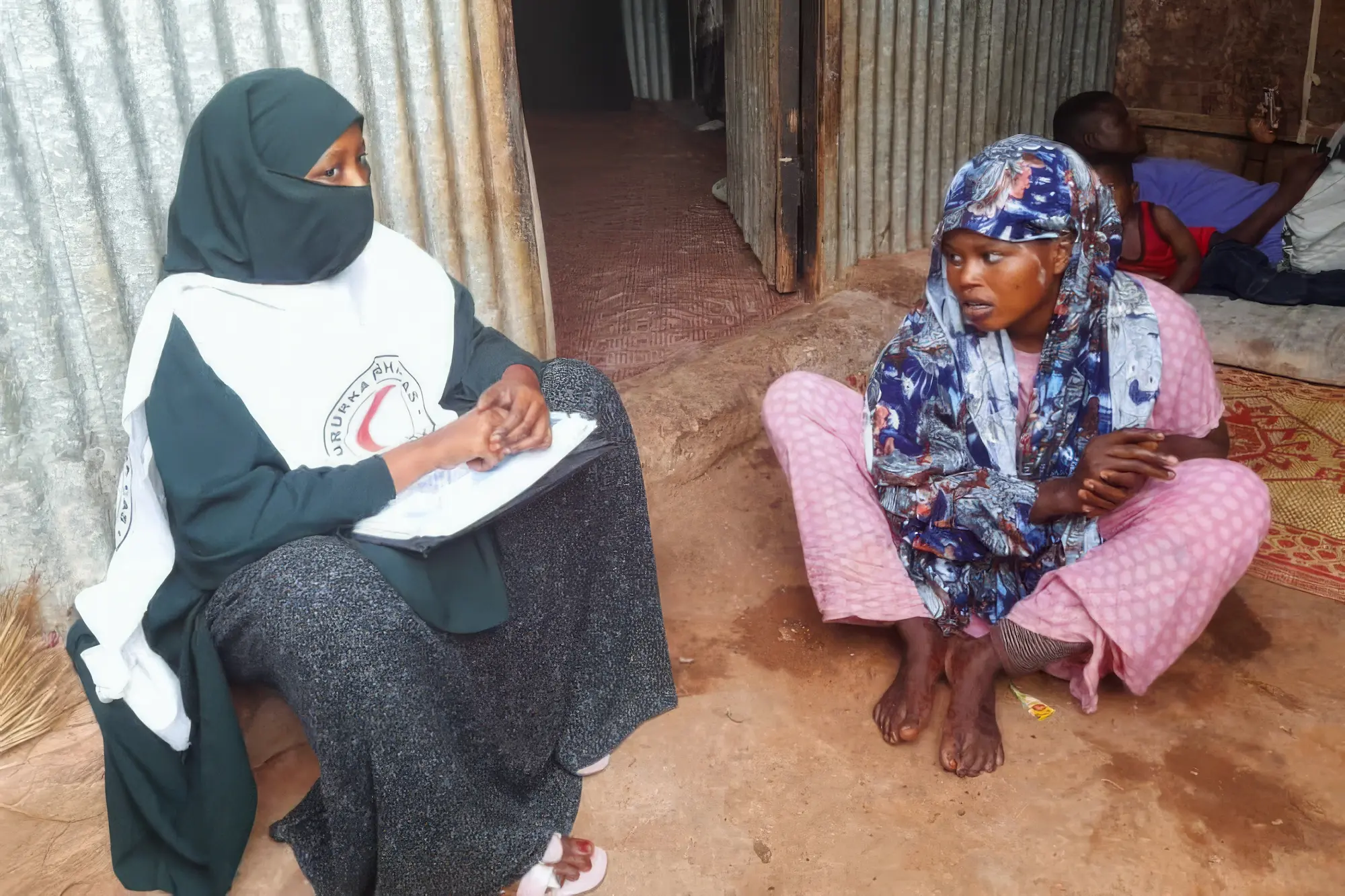
A blockquote with a class of.pull-leftnext to an image positioned withimage-left
.right-sidebar to position it, and .figcaption to style this caption Mahad Yusuf, a community health manager at Somali Red Crescent Society, speculates that El Niño, a warming of the ocean surface potentially being made stronger by climate change in many parts of Somalia, may have contributed to the surge in dengue cases witnessed in many parts of the country that year: “Mudug region was greatly affected by flooding that rainy season which increased the number of mosquito breeding sites.” With these conditions expected to occur more frequently in the future, Yusuf adds that it’s critical to anticipate outbreaks based on weather patterns and flooding events and implement appropriate prevention measures.
One particularly important prevention measure involves draining, spraying or covering places where Aedes aegypti mosquitos breed, typically in open wells, ponds and sewers. In response to this outbreak, volunteers surveyed each village and nearby surrounding areas, noting any potential breeding sites which could later be drained, treated or covered. This information was spread through local community networks and included as part of radio broadcasting in an effort to minimize the number of available mosquito breeding sites while the outbreak was ongoing.
Although the seasonal unticks in dengue fever continue to be a problem for Puntland state, Somalia, and other countries where the disease is endemic, the outbreak response in Mudug illustrates how community-based surveillance efforts can empower communities to protect themselves and minimize the number of people affected by the disease. The shifting climate, meanwhile, highlights the importance of heightened awareness to environmental events that could indicate an imminent surge in cases. Because some outbreaks continue in neighboring regions, the outbreak in Mudug has not officially been declared over by the Ministry of Health, but no further cases were identified in the region following the initial three cases.
This quote is in a container with a class of .right-sidebar, but set to align vertically in the centre using Elementors inline style options Enablers
Rapid detection, notification and early response actions
Active role of community in surveillance and response actions
Risk communication and community engagement
Multisectoral response leading to removal of mosquito breeding sites
Timeline
Emergence
Detection
Notification
Response
Control
--timeline: 1.5fr 1fr 1fr 1.5fr
to specify the smallest possible width bar, use
var(--min)
Large end quote uses the classes
Mahad Yusuf, a community health manager at Somali Red Crescent Society.quotesand.text-column
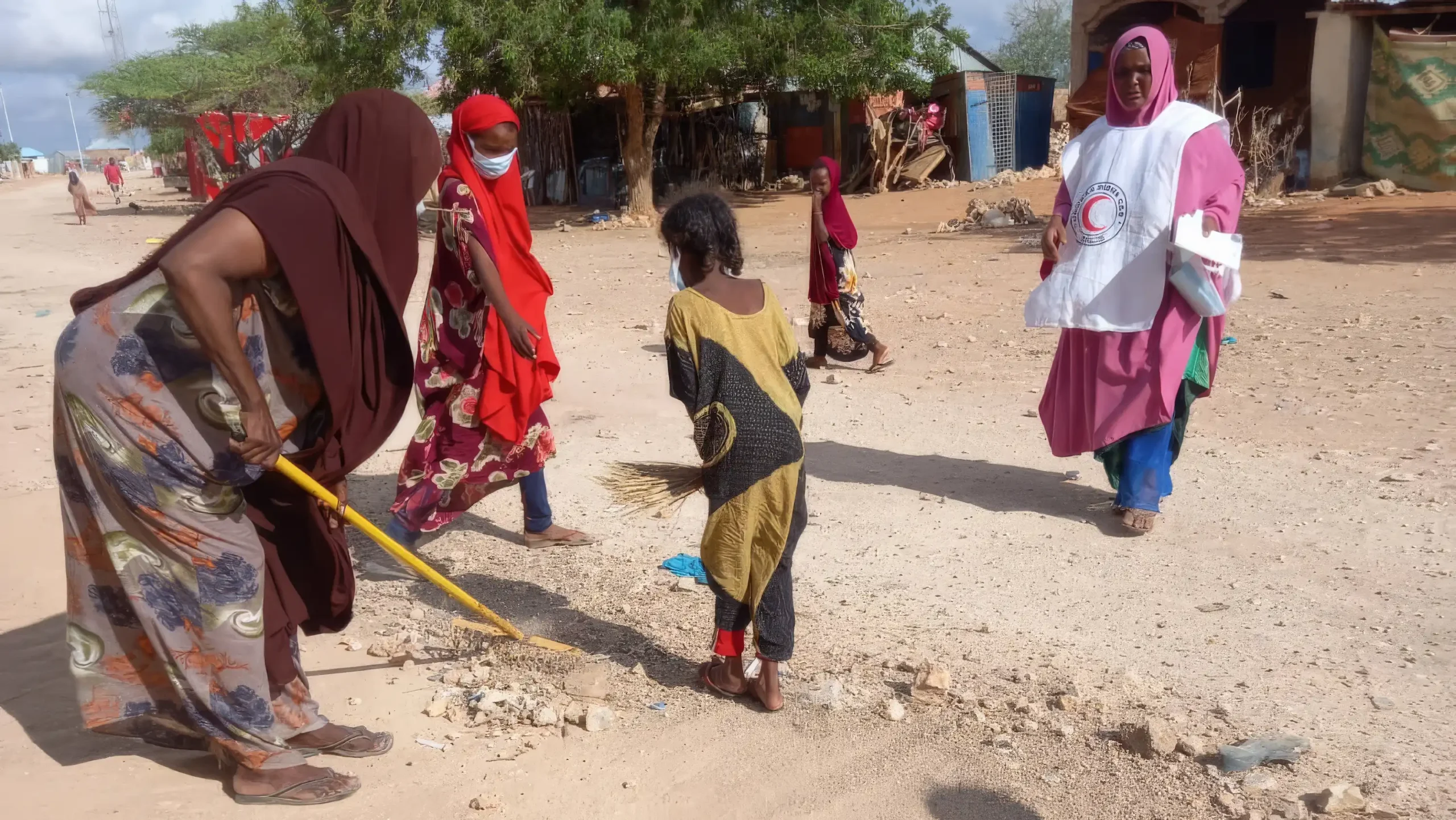
References
- World Health Organization. (2023). Health Emergency Programme Update – Somalia. https://www.emro.who.int/images/stories/somalia/Health-Emergency-Programme-Update-October-2023.pdf.
- World Health Organization. (2023). Situation updates for Cholera, Dengue & suspected Diptheria in Somalia. https://reliefweb.int/report/somalia/situation-updates-cholera-dengue-suspected-diptheria-somalia-who-emergencies-program-nov-2023.
- International Federation of Red Cross and Red Crescent Societies. (2023). Detection of dengue fever outbreak at Ga’nafale village in Mudug region. https://cbs.ifrc.org/news/detection-dengue-fever-outbreak-ganafale-village-mudug-region.
